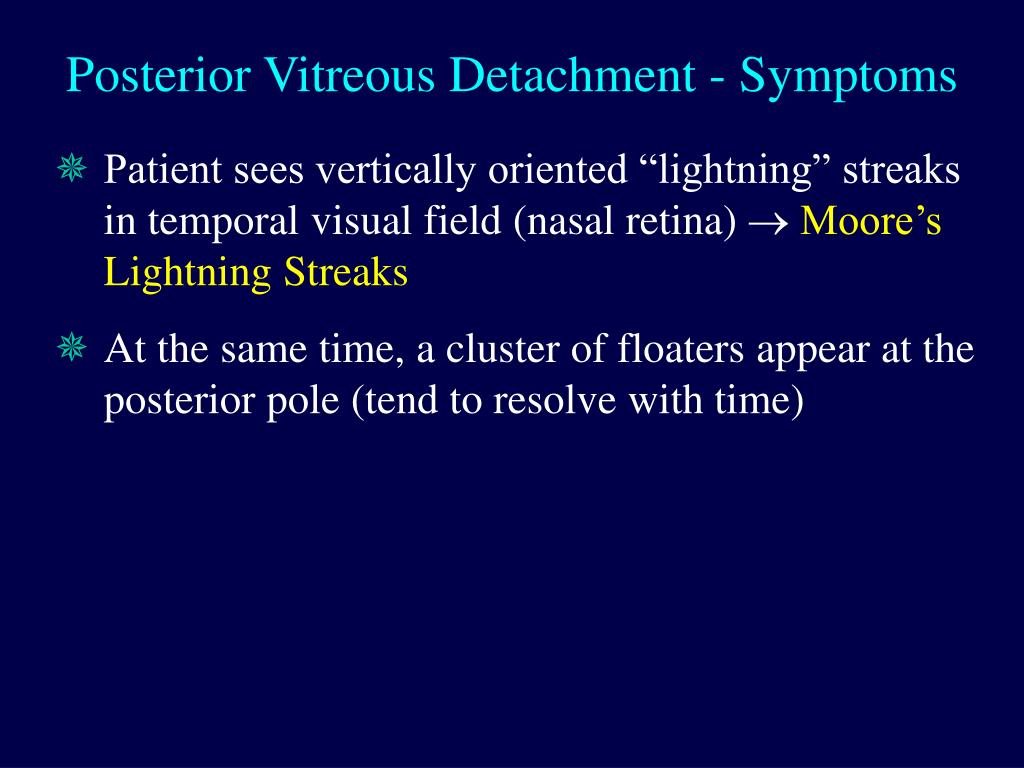
Viruses cause about half of all cases of pneumonia. It peaks sharply around December and January and usually isn't a life-threatening disease, though some individuals can be seriously affected. Respiratory syncytial virus (RSV) is the most common cause of pneumonia in infants and young children. Bacterial pneumonia is most often caused by the bacteria Streptococcus pneumoniae (pneumococcus).

If someone is weakened by a throat virus, these bacteria can trickle down into the respiratory tract. Normally, the immune system keeps them in check. If they reach the lungs, they cause pneumonia.īacteria that live permanently in many peoples' throats cause some of the more severe types of pneumonia. If they infect the throat, sinuses, and upper respiratory tract, they cause a cold.

In fact, the same viruses that cause colds and the flu can cause pneumonia. Most types of pneumonia are transmitted in the same way as influenza or the common cold - by people's hands and by tiny droplets from their mouths and noses. opportunistic organisms – a threat to people with vulnerable immune systems (e.g., Pneumocystis jirovecii pneumonia in people who have AIDS).mycoplasma – organisms that have characteristics of bacteria and viruses that cause milder infections.viruses – often responsible for pneumonia in children.bacteria – the most common cause of pneumonia in adults.The most common causes of pneumonia are infections caused by: People who suffer from chronic respiratory diseases or who have compromised immune systems are generally at greater risk for developing pneumonia. Pneumonia rarely causes serious complications for healthy people under 65 years of age. Organisms that are not usually harmful to people with healthy immune systems cause these types of infections. Opportunistic pneumonia occurs in people with weakened immune system (e.g., people with AIDS, cancer, organ transplant).People with medical problems (e.g., stroke, ALS) that affect swallowing are at an increased risk of this type of pneumonia. The most common type of aspiration pneumonia is caused by inhaling stomach contents after vomiting.

Aspiration pneumonia occurs when liquids or other irritants are inhaled into the lungs.HAP is usually more serious than CAP because the bacteria and organisms can be harder to treat, and because people who get HAP are already sick. It can be caused by bacteria and other organisms that are usually different from CAP. Hospital-acquired pneumonia (HAP) occurs at least 48 hours after someone has been admitted to the hospital.Community-acquired pneumonia (CAP), the most common type of pneumonia, is caused by bacteria, viruses, and other organisms that are acquired outside of the hospital or other health care settings.There are many different kinds of pneumonia, ranging from mild to severe. Though it has since become very treatable, pneumonia remains a public health problem. With pneumonia, the air sacs in the lungs fill with liquid or pus, which interferes with the lungs' ability to transfer oxygen to the blood.īefore the invention of antibiotics in the 1930s, pneumonia was a leading cause of death. Pneumonia can also be caused by inhaling irritants such as vomit, liquids, or chemicals.

Pneumonia is an inflammation of the lungs that is usually caused by infection.


 0 kommentar(er)
0 kommentar(er)
